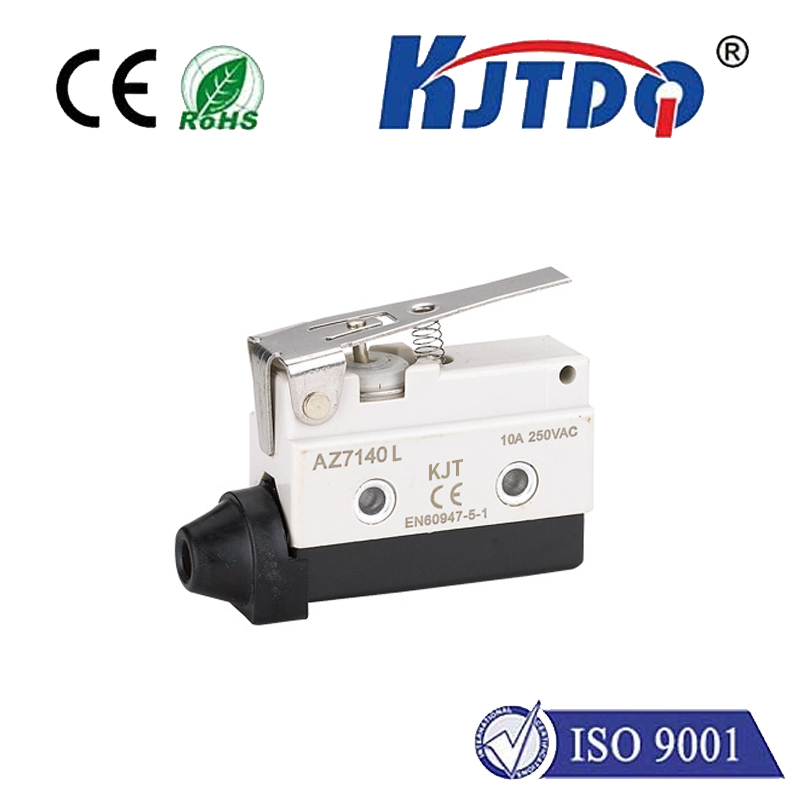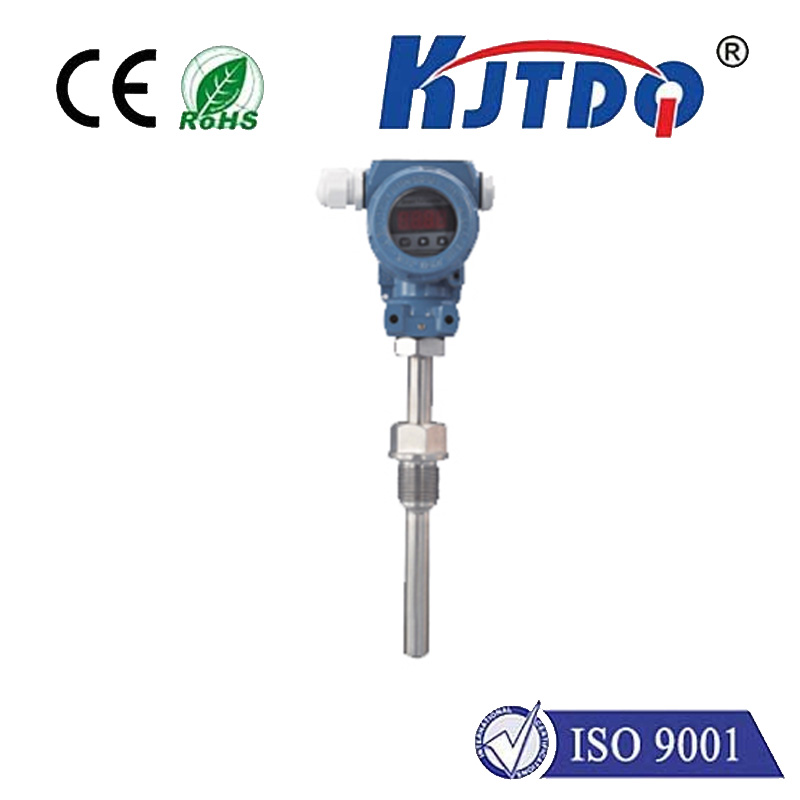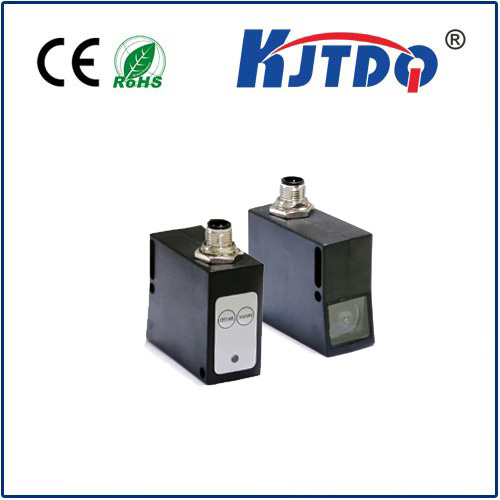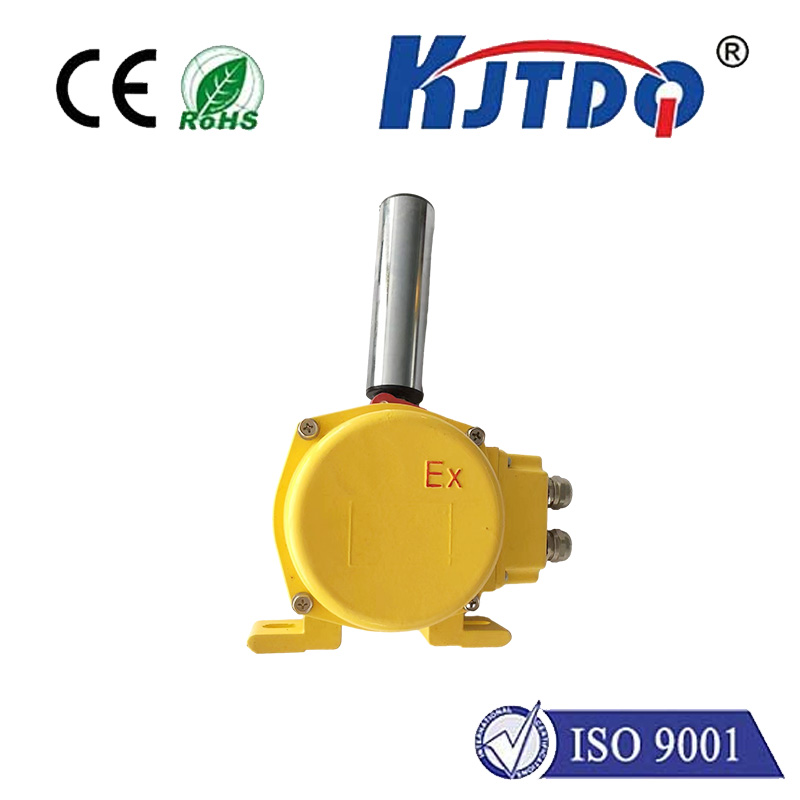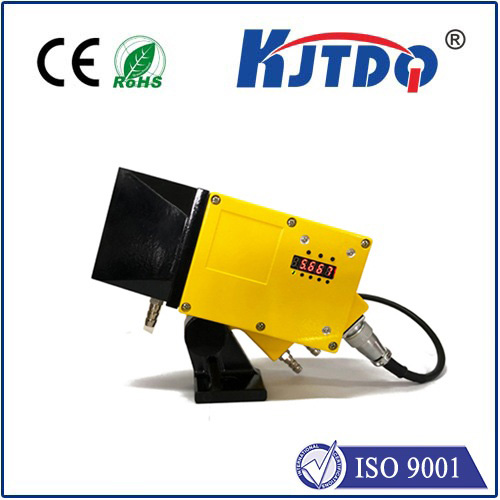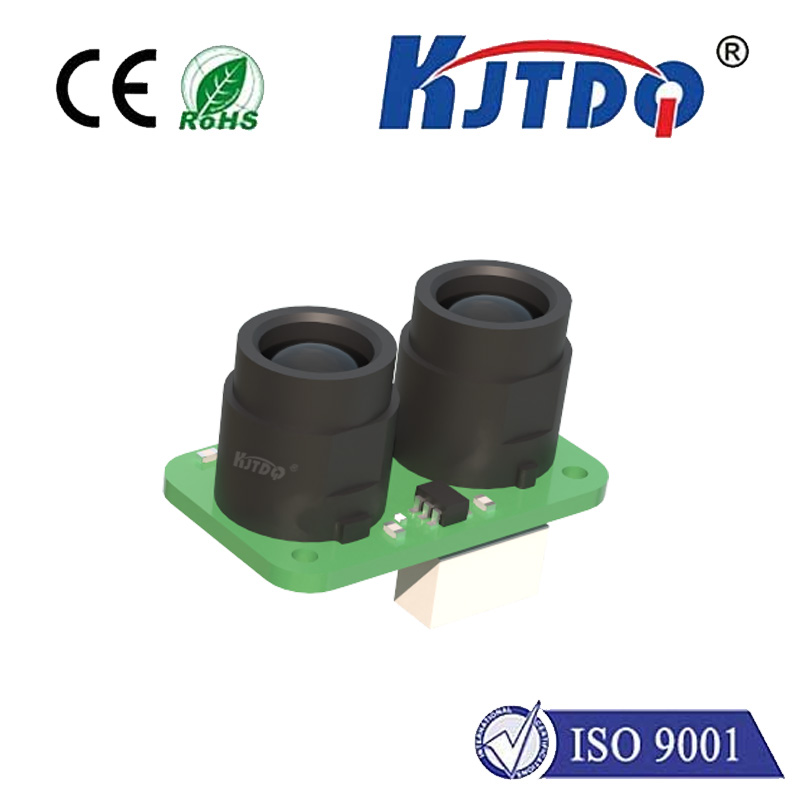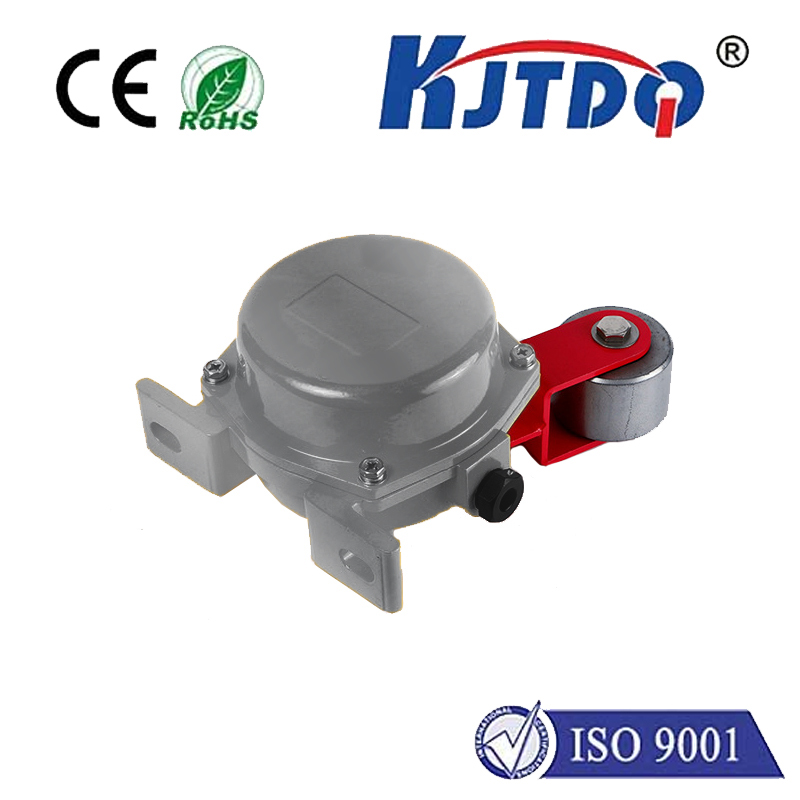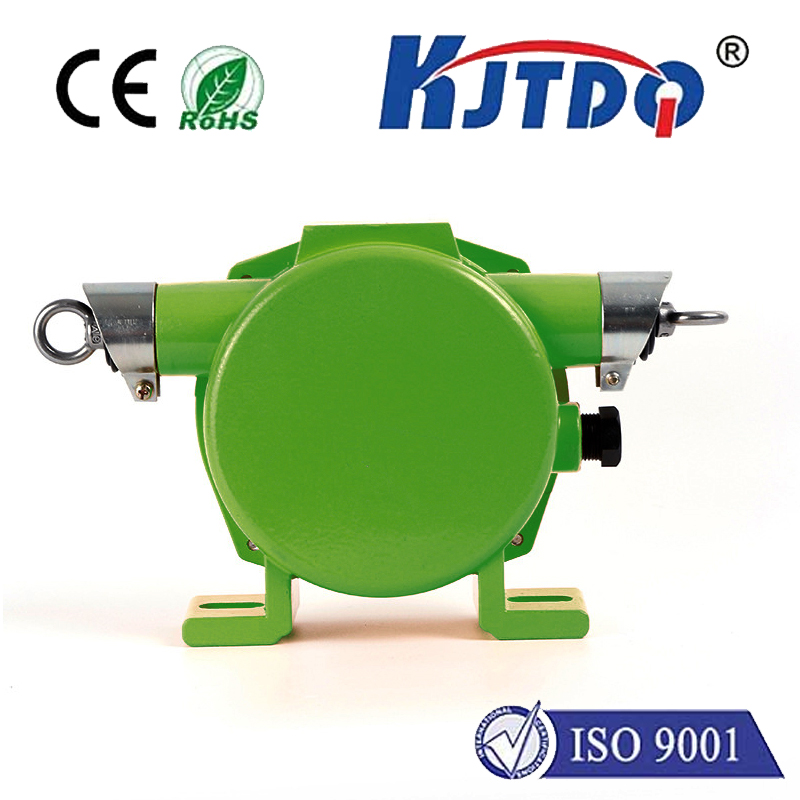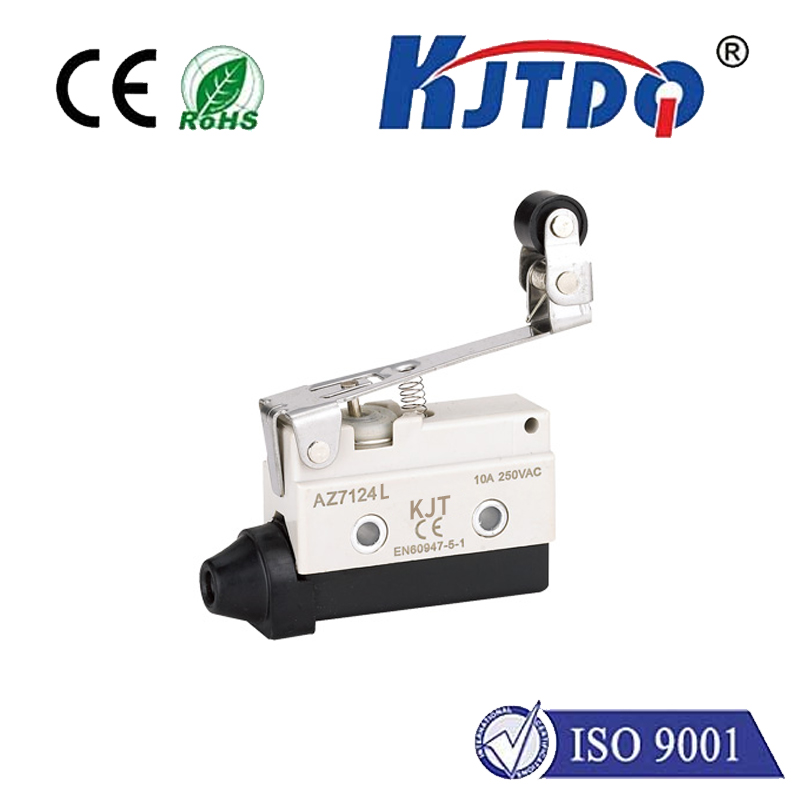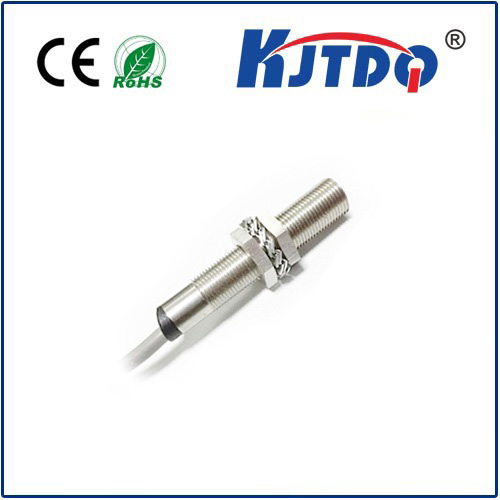non optical sensors
- time:2025-08-15 05:08:20
- Click:0
Beyond Vision: The Exploding World of Non-Optical Sensor Technologies
We humans navigate our world primarily through sight and sound. But what about the vast, invisible landscape of information surrounding us? The subtle pressure changes, the fluctuations in temperature, the chemical signatures, the minute vibrations, the magnetic forces? This is the domain where non-optical sensors reign supreme, silently gathering critical data that powers our modern technological marvels. Forget cameras and light detectors; this article delves into the diverse and essential universe of sensors operating beyond the visible spectrum, revealing their indispensable roles from factory floors to inside our bodies.
Defining the Unseen Sentinels
Simply put, non-optical sensors are devices that detect and measure physical phenomena other than light (electromagnetic radiation in the visible, infrared, or ultraviolet spectra). They translate various forms of energy or environmental changes into usable electrical signals. Think of them as specialized translators for the physical world’s hidden languages.
Why Non-Optical Sensors Matter More Than Ever

While cameras (optical sensors) get much attention, the proliferation of non-optical sensors is arguably more fundamental to the Industrial Internet of Things (IIoT), smart cities, autonomous systems, and advanced healthcare. They provide the foundational data on which intelligent decisions are made:
- Environmental Monitoring: Temperature sensors track climate control; humidity sensors maintain ideal conditions; gas sensors detect dangerous leaks or air quality.
- Industrial Automation: Pressure sensors control hydraulic systems; force sensors ensure precise assembly; vibration sensors predict machinery failure (predictive maintenance); level sensors manage inventory.
- Healthcare & Wearables: Accelerometers track movement in fitness trackers; ECG sensors monitor heart activity; biosensors detect glucose levels; temperature sensors provide vital sign data.
- Automotive Innovation: Inertial Measurement Units (IMUs - combining accelerometers and gyroscopes) enable stability control and navigation; tire pressure sensors enhance safety; torque sensors optimize electric power steering; parking sensors (often ultrasonic) detect obstacles.
- Consumer Electronics: Microphones (acoustic sensors) capture sound; capacitive touch sensors detect finger proximity; hall effect sensors detect magnetic fields for flip covers; MEMS-based sensors enable features in smartphones and game controllers.
Exploring Core Technologies: How They “Sense”
The diversity of stimuli requires diverse sensing principles. Key non-optical sensor technologies include:
- Piezoelectric Sensors: Convert mechanical stress (pressure, force, acceleration) or vibration into an electrical charge. Common in accelerometers, knock sensors in engines, and ultrasound transducers.
- Piezoresistive Sensors: Change electrical resistance when mechanical stress is applied. Widely used in pressure sensors and strain gauges for measuring force or deformation.
- Capacitive Sensors: Detect changes in capacitance, often caused by proximity, touch, pressure, or liquid level changes. Found in touchscreens, proximity switches, and level sensors.
- Resistive Sensors: Alter their resistance in response to stimuli like temperature (thermistors, RTDs), humidity, gas concentration, or force (potentiometers, strain gauges). The backbone of many temperature and environmental monitoring applications.
- Electrochemical Sensors: Generate electrical signals via chemical reactions, typically used to detect specific gases (like oxygen, carbon monoxide) or ions in solutions (like pH sensors). Critical for environmental safety and medical diagnostics.
- Magnetic Sensors (Hall Effect, Magnetoresistive): Detect magnetic fields, used for position sensing (motor commutation, joysticks), speed detection (rotary encoders), and current sensing. Essential for electric motor control and navigation.
- Acoustic Sensors (Microphones, Ultrasonic): Detect sound waves or ultrasonic pulses. Microphones convert sound to electrical signals; ultrasonic sensors measure distance or detect objects using sound wave echo time-of-flight.
- Thermal Sensors (Thermocouples, IR Thermopiles): While infrared thermopiles detect thermal radiation (arguably optical), classic thermocouples generate a voltage from a temperature gradient between two dissimilar metals, making them a crucial non-optical temperature sensing technology, especially at high ranges.
The Driving Forces Behind Adoption
The surge in non-optical sensor deployment is fueled by several converging trends:
- Miniaturization (MEMS/NEMS): Micro-Electro-Mechanical Systems (MEMS) and Nano-Electro-Mechanical Systems (NEMS) technology has enabled tiny, low-cost, high-performance sensors (accelerometers, gyros, pressure sensors) to be integrated into virtually anything.
- Wireless Connectivity (IoT): Easy integration with low-power wireless protocols (Bluetooth Low Energy, LoRaWAN, NB-IoT) allows sensor data to be transmitted effortlessly, enabling massive sensor networks.
- Advancements in Materials Science: New materials like graphene and specialized polymers are leading to sensors with higher sensitivity, lower power consumption, and greater durability for harsh environments.
- Demand for Data-Driven Insights: From optimizing industrial processes to enabling personalized healthcare and building smarter infrastructure, the hunger for granular, real-time environmental and operational data is insatiable. Non-optical sensors are the primary data collectors.
- Artificial Intelligence & Edge Computing: AI algorithms thrive on data. Non-optical sensors feed vast datasets used for machine learning models. Furthermore, processing sensor data at the edge (closer to the source) reduces latency and bandwidth needs, enabling faster local responses.
Overcoming Challenges: The Path Forward
Despite their dominance, challenges remain. Ensuring sensor calibration and long-term stability is critical, especially for applications requiring high precision. Power consumption remains a hurdle for battery-operated wireless sensors, driving research into energy harvesting and ultra-low-power designs. Sensor fusion – intelligently combining data from multiple different sensors (optical and non-optical) – is increasingly important to provide richer context and more robust solutions, overcoming the limitations of individual sensor types. Finally, cybersecurity for sensor networks transmitting sensitive data is paramount.
From the delicate balance maintained inside a smartphone to the immense forces controlled in a hydraulic press, non-optical sensors are the unseen, indispensable infrastructure of our technological age. They extend our perception far beyond the limits of human senses, whispering the secrets of pressure, temperature, motion, and chemistry to the machines that shape our world. As miniaturization, connectivity, and AI advance, the sensor landscape will continue its explosive growth, embedding these vital data-gathering components ever deeper into the fabric of our lives, industries, and environment. Their silent vigilance is the bedrock upon which smarter, safer, and more efficient systems are built.






